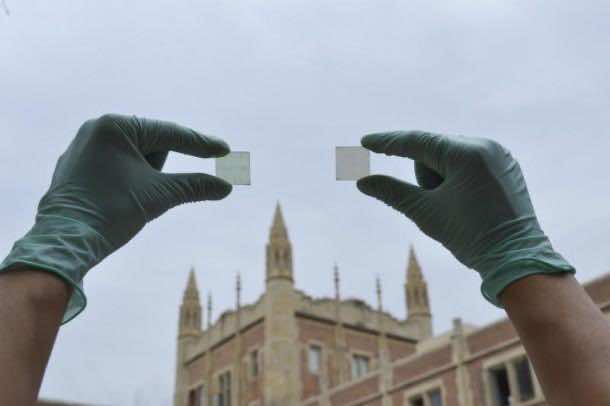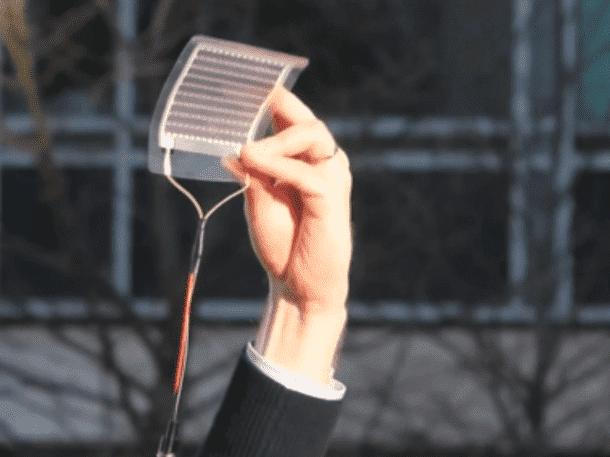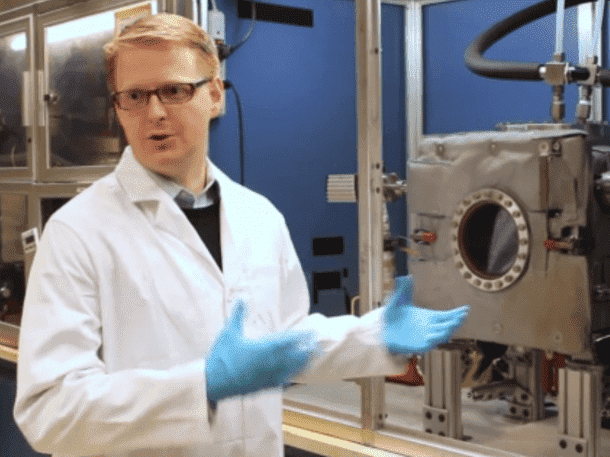Scientists are working really hard to come up with means of shifting to a type of renewable energy that is easy to implement and efficient enough to match our energy requirements. Out of all the ones explored so far, solar energy appears to be the most successful candidate. However, think of solar energy and solar panels and what you imagine right away are fields of blue Silicon or patchwork that covers the roof of buildings. However, scientists have come up with a new type of solar panel that can be affixed directly over a window in order to make most out of the sun’s energy while being transparent too.
The technology has the potential to unlock doors to self-sufficient buildings or even mobile phones that won’t require charging. The researchers at Michigan State University has developed and named it ‘transparent luminescent solar concentrator’ and according to the team this can be used on buildings, mobiles and ‘any other device that has a clear surface’.
Assistant Professor of Chemical Engineering and Materials Science, Richard Lunt, says;’‘No one wants to sit behind coloured glass. It makes for a very colourful environment, like working in a disco. We take an approach where we actually make the luminescent active layer itself transparent.’
He says the invention makes this possible by employing the use of organic molecules that have been specifically designed to absorb particular invisible wavelengths of sunlight.
He further said; ‘We can tune these materials to pick up just the ultraviolet and the near infrared wavelengths that then “glow” at another wavelength in the infrared.’ This infrared light is then guided to the plastic’s edge from where it is converted to electricity by making use of photovoltaic solar cells. Lunt stated; ‘Because the materials do not absorb or emit light in the visible spectrum, they look exceptionally transparent to the human eye. It opens a lot of area to deploy solar energy in a non-intrusive way,’ he said. ‘It can be used on tall buildings with lots of windows or any kind of mobile device that demands high aesthetic quality like a phone or e-reader. Ultimately we want to make solar harvesting surfaces that you do not even know are there.’
However, still more work is required to bring the efficiency up to par. As of now it has 1% efficiency that will rise to 5% when developed fully.



i realy like thi article